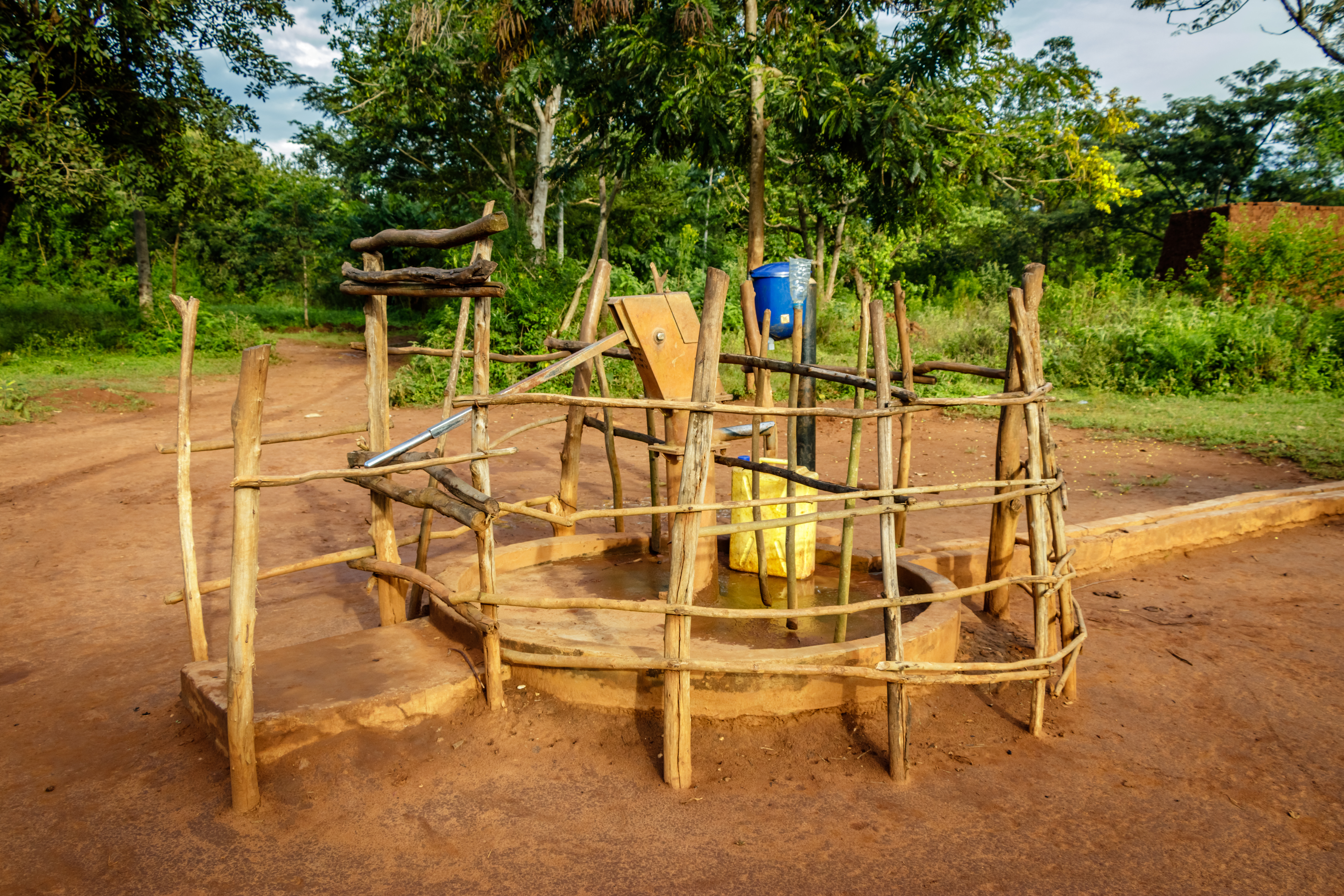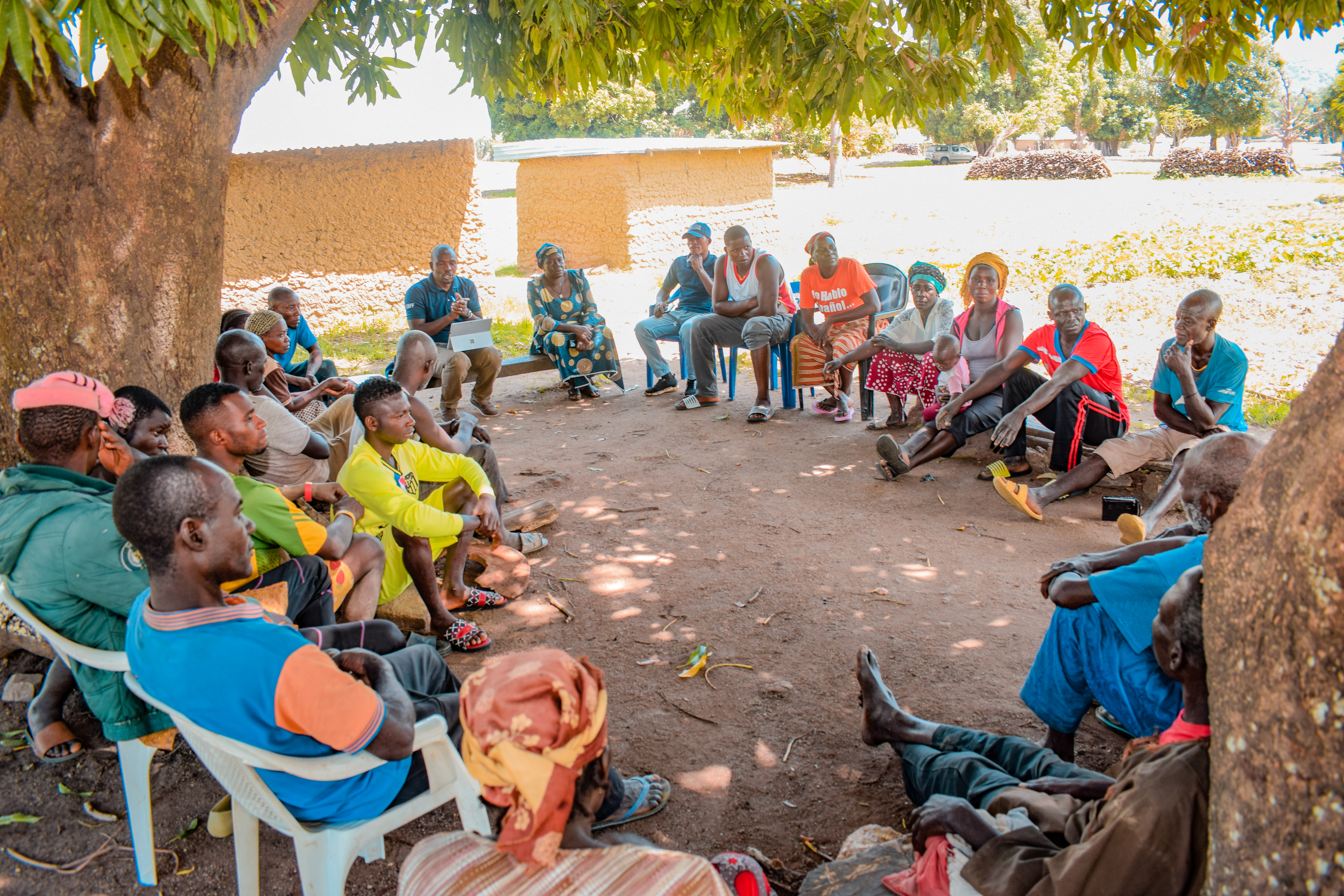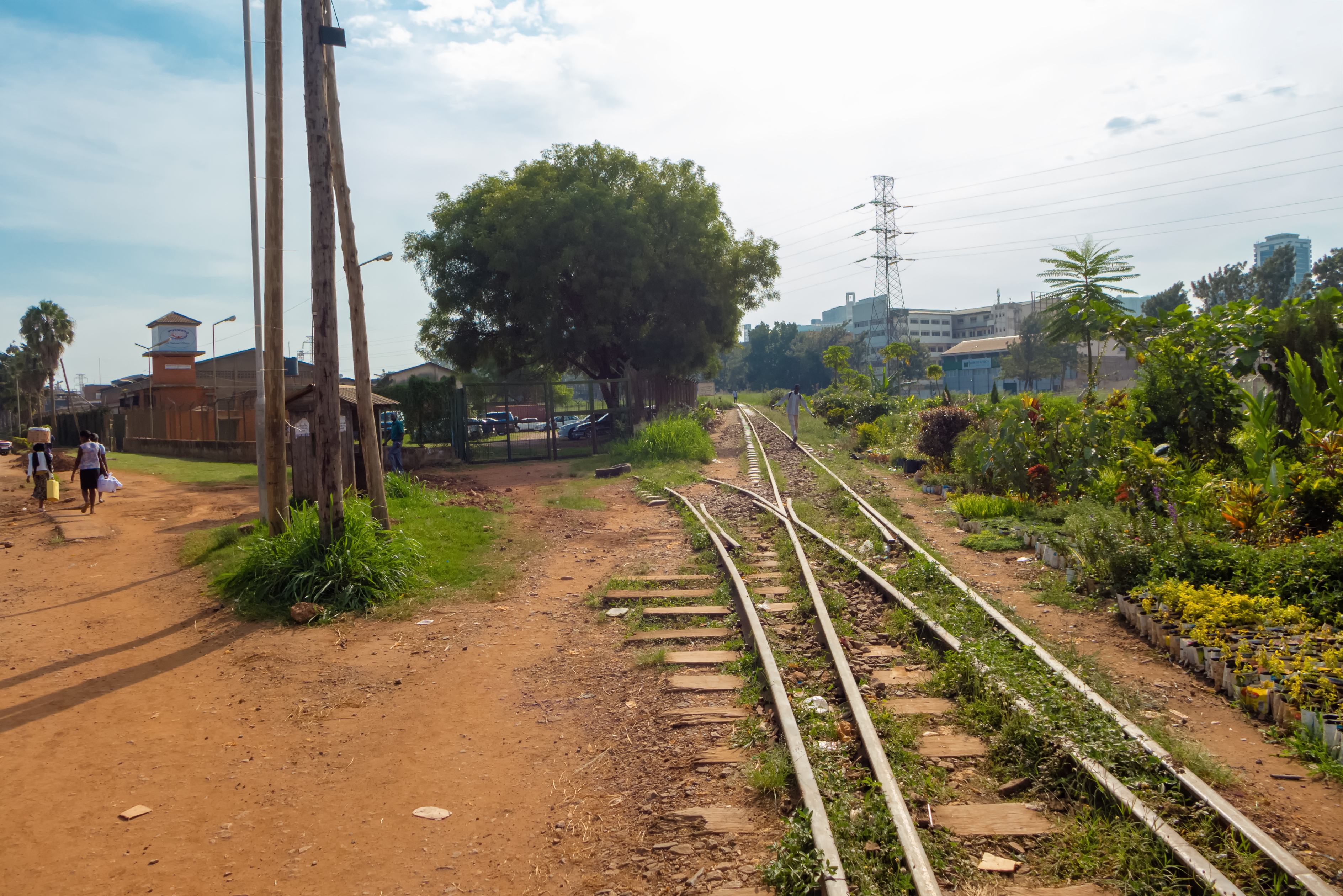Image

Uganda - Water Supply and Sanitation Programme Phase III (WSSP III)
Uganda - Water Supply and Sanitation Programme Phase III (WSSP III)
3 November, 2022Context
Uganda recognizes the cross-benefits of access to safe drinking water and improved sanitation and has made substantial access increase over the last decades. This has raised coverage to safe drinking water from 42% in 1991 to 64 % in 2014 and access to adequate sanitation from 51% in 2001 to 74.6% in 2014. The current coverage of water supply and sanitation in Uganda’s Central Region remains low and is constrained by the rapid population growth and increased urbanization (5.5%) linked to proximity to Kampala, the capital city.
Objectives
The objective of the project is to improve the health and productivity of Uganda’s population through provision of safe water and sanitation services to target a population of 1.43m people (51.4 % women)
AAAP added value
- Identify WSS schemes with significant capital investments that are situated in regions that are highly exposed to climate-related risks such as floods
- Carry out climate risk assessment for a select number of schemes that are highly ex-posed to floods and provide technical assistance on increasing the flood resilience of these water service provision assets including design and operation and maintenance
- Provide technical assistance to design climate related risk reduction measures through a combination of grey and green investments
- To understand the how the regional hydrological system influence on local hydrological system, a rapid desk assessment – based on globally available data - will be undertaken to identify climate hotspots. This scan will also identify existing good practices in Uganda
- Collaborate closely with focal agencies of the client government to build their capacity
- Build resilience into infrastructure projects and assets, prioritizing nature-based solutions by understanding climate risks to WSSS service delivery assets and increase flood resilience of these assets
Expected Outcomes
- 5 large rural gravity-flow water system schemes (4 new and 1 rehabilitated) covering a target population of about 170,000 people
- 6 urban water supply schemes in secondary cities, targeting a population of 500,000 people
- 20 solar powered rural water supply schemes for high yielding boreholes for small communities of 1,000 - 2,000 households each
Expected impacts
- Improved water resources management, environmental protection and catchment management
- Implementation of rural water supply infrastructure, including large gravity flow schemes (LGFS) and solar powered water schemes
- Promotion and implementation of sanitation and hygiene development
- Construction of water for production storage infrastructure comprising of earth dams and valley tanks
- Implement catchment management and environmental protection activities



